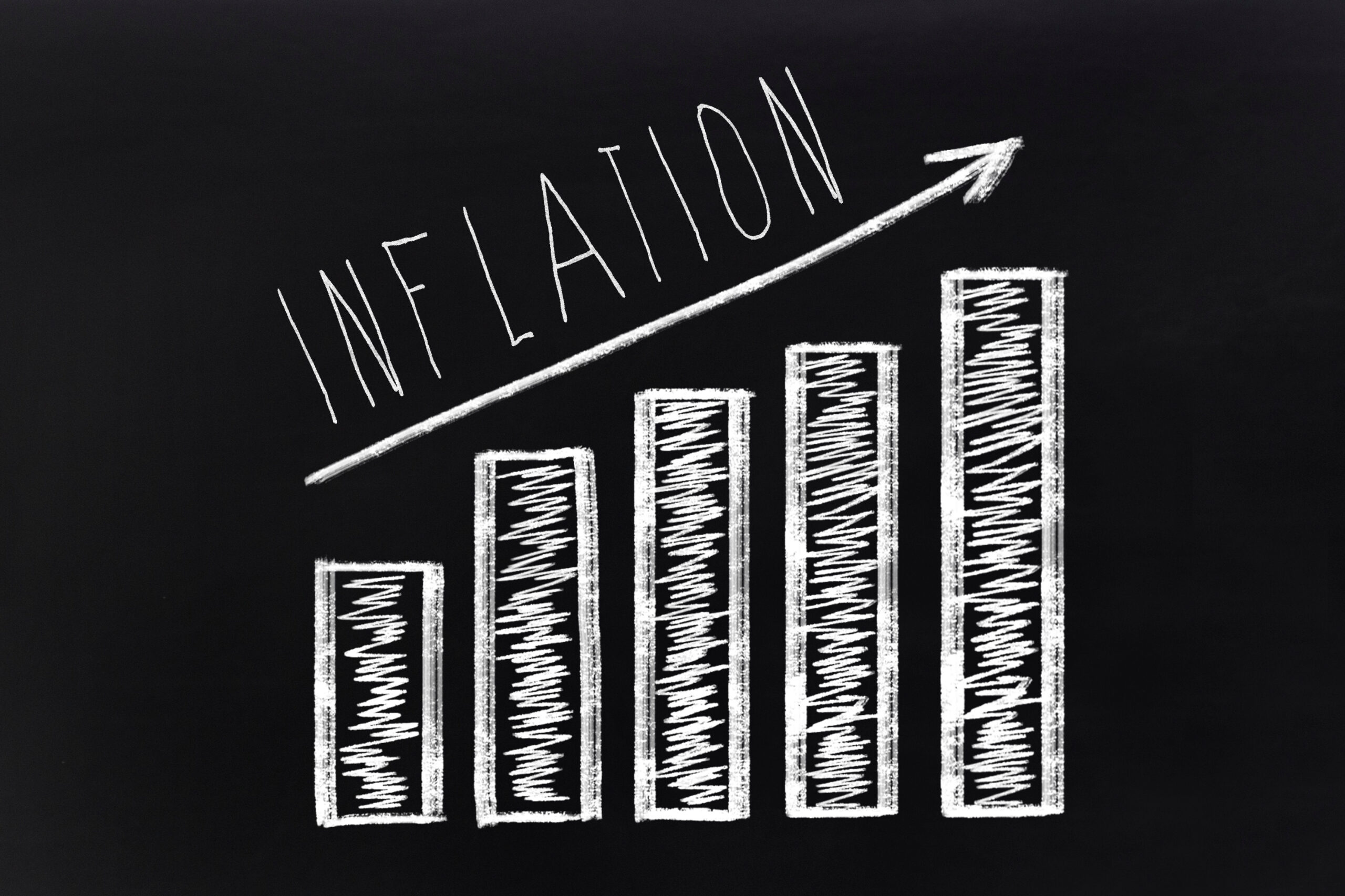Inflation is on the minds of everyone with headlines focused on the year-over-year number. CPI (Consumer Price Index) was 7.7% higher in October year-over-year, which sounds like a high number (it is), but investors may want to focus on the month-over-month number, which was 0.4%. If you annualize that number, you get 4.8%, a much more digestible number than 7.7%. Excluding volatile food and energy prices, CPI was 0.3% or 3.6% annualized. Remember, that 7.7% includes all of the inflation over the last 12 months, when inflation was higher on a month-to-month basis. Month-to-month, the readings can be volatile, so a 3-month average may be a bit better for analysis, and still better than a year-over-year number.
To get a sense of CPI data going back several years, consider going to the St. Louis Federal Reserve FRED website for Consumer Price Index for All Urban Consumers and play with the data: https://fred.stlouisfed.org/series/CPIAUCSL
On the CPI news announced on risk assets rallied, bond yields fell/bond prices rallied on the news, as investors that focused on the higher year-over-year number didn’t notice the lower month-over-month number. The lower CPI number was trending downward, which was good, but the number was down further than expected. The “than expected” is often a market moving event in and of itself. If a data point is better or worse than expected, the financial markets may move in a stronger direction supporting the better or worse data point. If the market “expects” a certain number, then the financial markets may not move much at all, even if the data point is high or low.
Investors always look forward (well, not all investors always) but investors should try to look forward. Think about it in regards to future inflation. If the Fed said they will be focused on bringing inflation down through higher interest rates and less financial liquidity, then businesses may be less eager to spend (higher costs of financing), consumers may want to spend less (higher borrowing costs, less savings due to higher costs to inflation), and investors may be less inclined to buy equities as revenues are lower and costs are higher. In this type of environment, it might be tough for inflation not to come down in the future.
Investors should also consider base effects. Base effects are how one considers what the starting number is. If one is looking at inflation on a year-over-year basis, one must understand what inflation looked like one year ago, which was somewhat lower in October/November last year. Looking forward, investors would want to pay attention to what inflation looks like now (higher) as a starting point to what inflation might look like a year from now. If prices have stabilized and/or we are in an economic slowdown and prices have come down, we might have a year-over-year negative CPI reading next October/November.
If investors are forward looking, then a negative inflation reading may mean that the Federal Reserve may not need to keep interest rates at a high level by next year. If that is the case, then interest rates may stabilize at a higher level (solid income generation) or may decline, resulting in a bond market rally (yields lower/bonds higher and vice versa). If you have a longer investment time horizon and can look forward 12-months or longer, you can take advantage of what the financial markets are giving you today with whatever environment you believe inflation and the Fed will be in a year from now. If you believe inflation will be lower than it is today and the Fed is done raising interest rates, then maybe buying higher yielding bonds today might make sense.
No one knows for sure what the inflation data will look like, if it will go up, or down, but thinking through how the Fed may act on monetary policy and how it may flow through to businesses, consumers and investors, you’ll have some sense as to how inflation will trend going forward.
